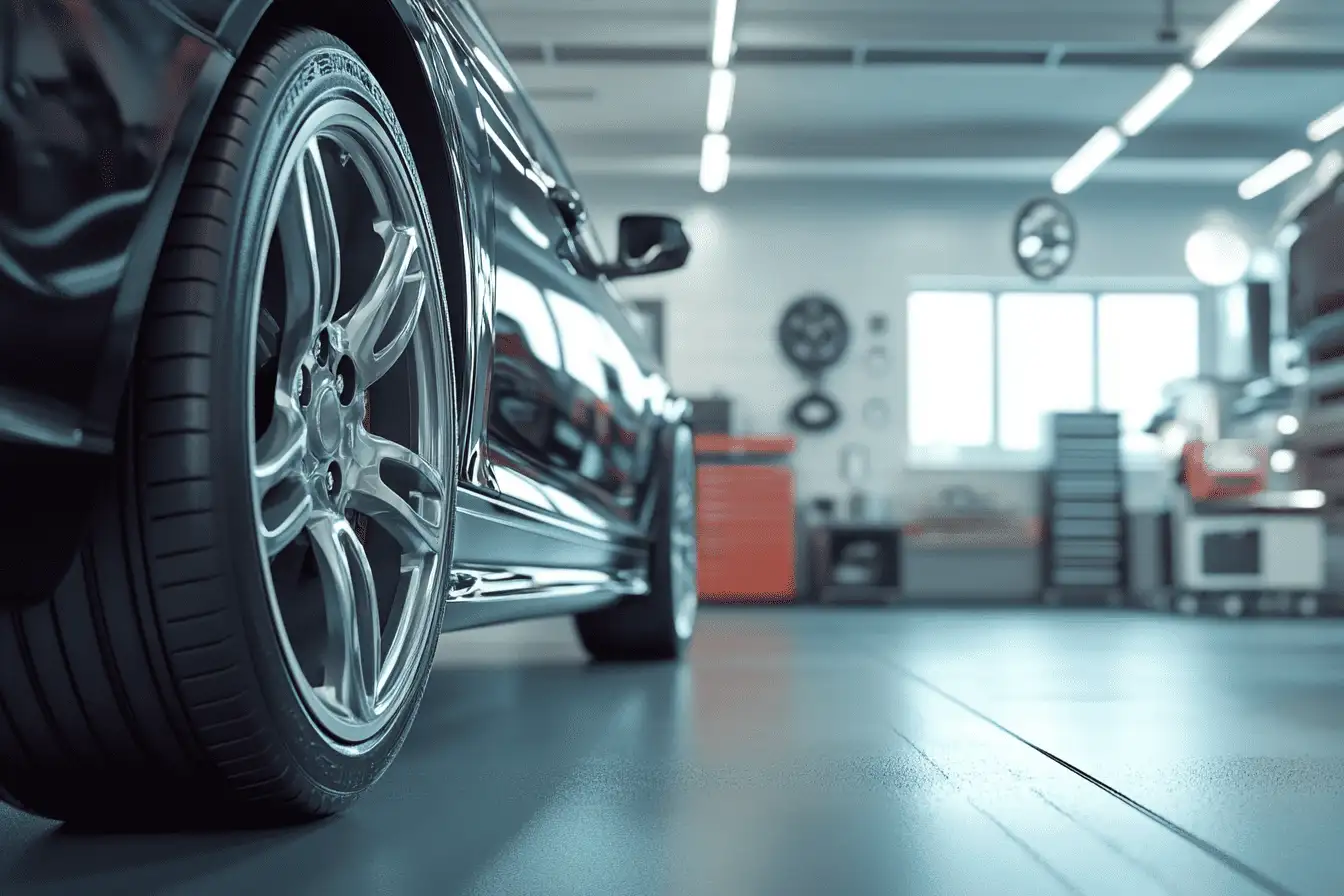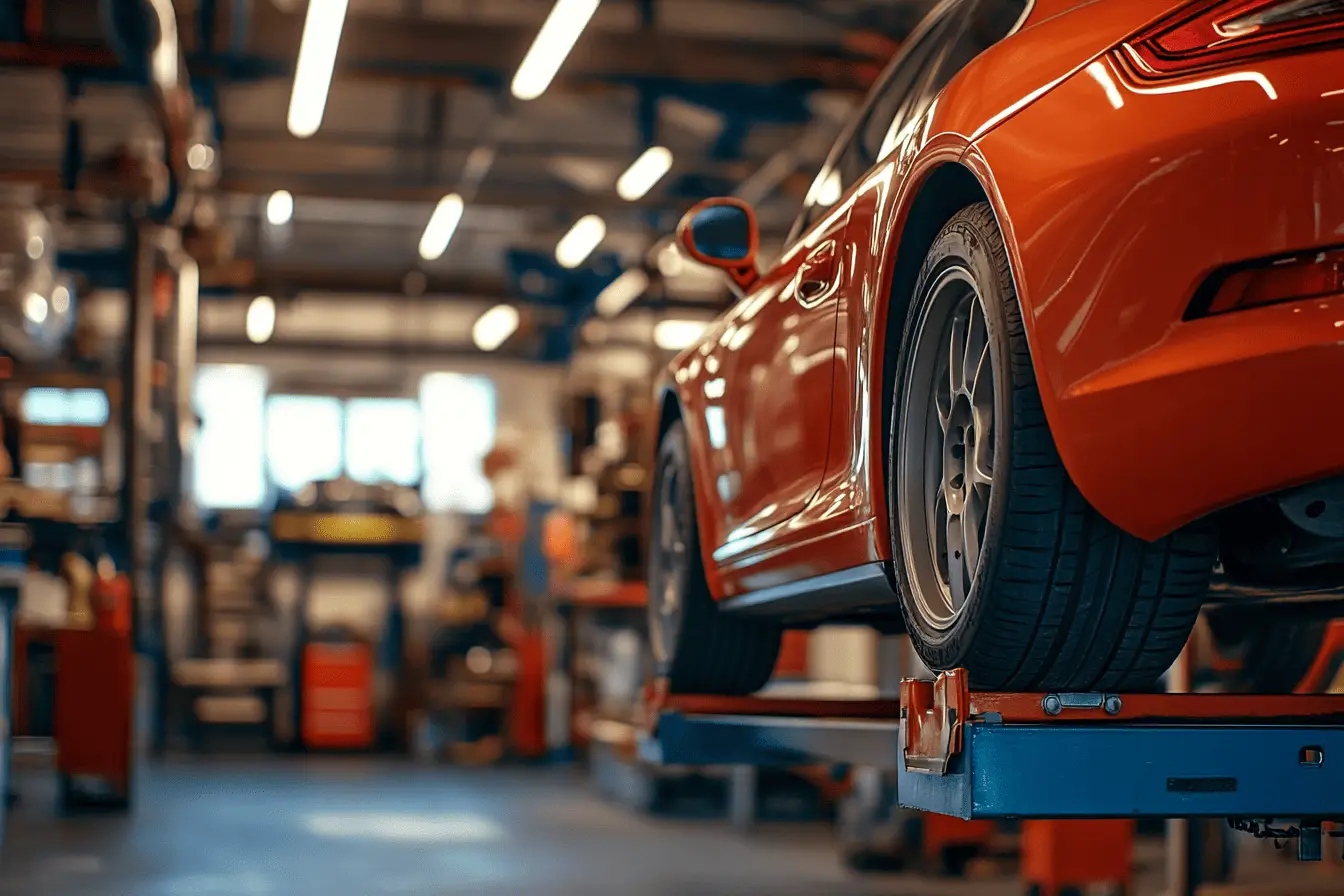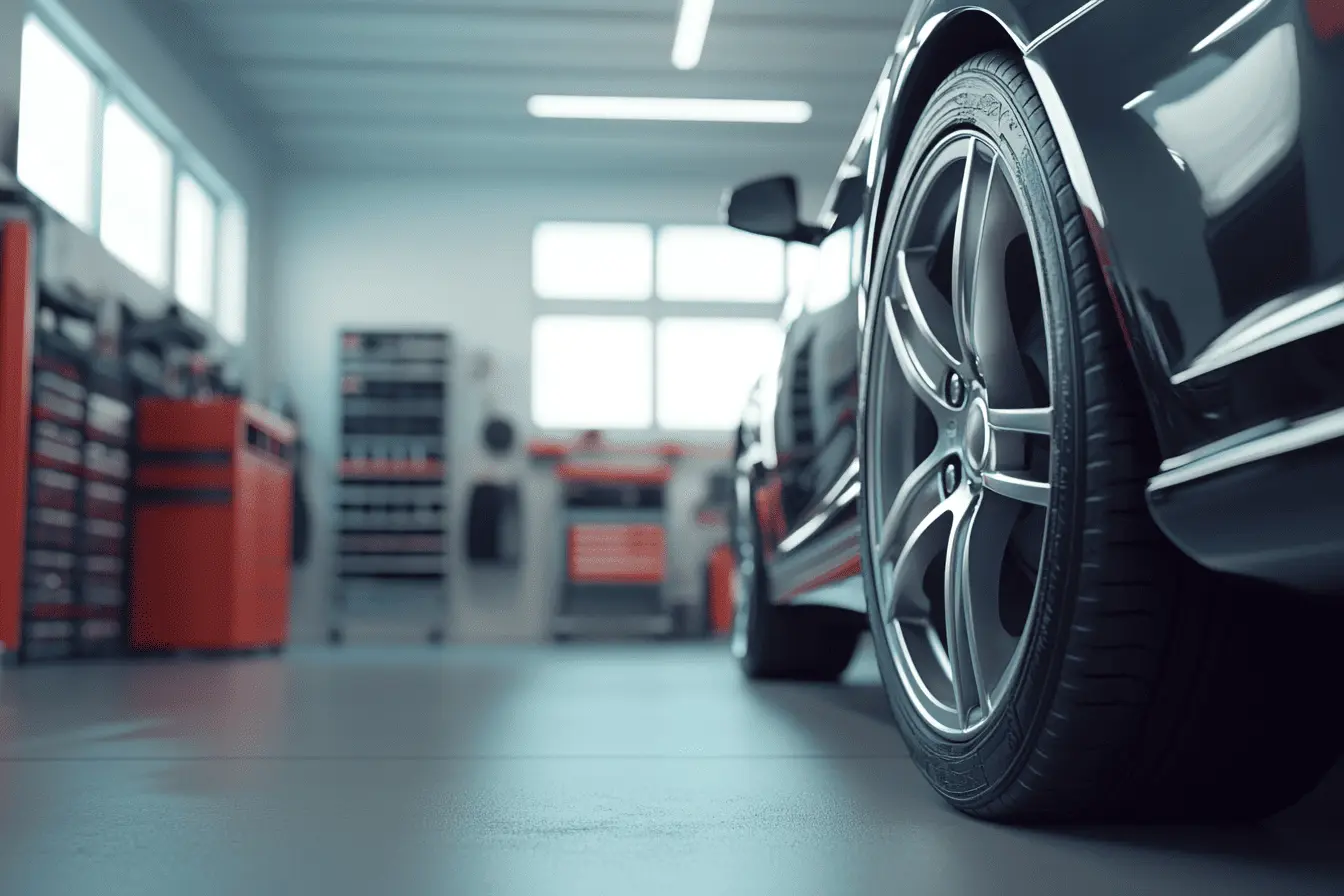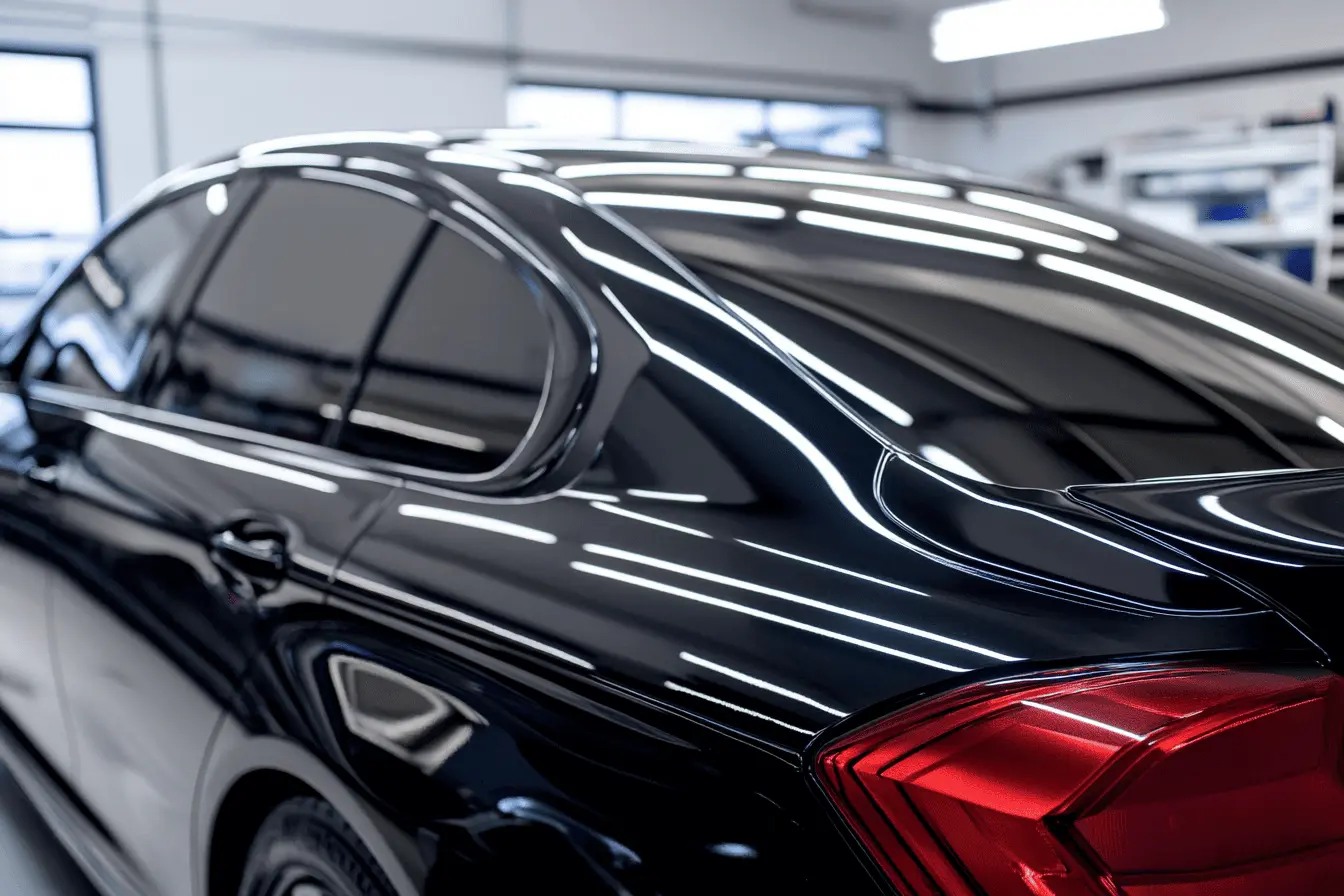
Changing a cambelt is one of the most common car garage services. How much does a cambelt change cost in the UK? How often does it need to be changed? Plus: How to save money and get free estimates!
How much to change a cambelt in the UK?
AVERAGE COST » £290 – £730
The average cambelt change cost is between £290 – £730 for most vehicles in the UK and can vary considerably depending on the car model and garage. The material costs for a new cambelt, tensioner and idler pulley will only be around £70 – £180.
What makes the cambelt change so expensive is the labour cost, as it is a comparatively complex and time-consuming job. The average labour cost will range around £220 – £550.
Below is a cost example for a Ford Focus. There are also price differences here, because the cambelt change of the Ford Focus models from 1998 to today is of varying complexity. You can find prices for other car models further below.
In this example the water pump is not changed. Changing water pump and cambelt at the same time is quite common because they become worn out in similar intervals and labour costs can be saved. Expect to pay an additional £80 – £300 in that case.
Cambelt change cost • Ford Focus | |
|---|---|
Overview | Cost |
Cambelt, tensioner and idler pulley | £90 – £110 |
Labour cost | £230 – £400 |
Total cost | £320 – £510 |
Get free instant quotes from garages in your area!
Cost of cambelt change by car models
Below is a cambelt change price list for different car models. A high-quality brand cambelt in original part quality is used. The costs for the tensioner are already included. The costs can also vary depending on the car model, year of manufacture and engine.
Example: For a cambelt change for the Vauxhall Corsa 1.2 from 1999 and Vauxhall Corsa 1.7 from 2005 the costs are different, because the change for the Vauxhall Corsa 1.7 from 2005 is more complex. In general, however, the difference for a model range is no more than +/- £90 – £135. All figures in this article are inclusive of VAT and should only be seen as guidelines, which may of course vary.
Car models | Estimate |
|---|---|
Alfa Romeo Giulietta • Alfa Romeo Mito • Chevrolet Spark • Chevrolet Matiz • Fiat 500 • Fiat Panda • Fiat Punto • Ford Fiesta • Ford Ka • Ford Escort • Hyundai i10 • Hyundai i20 • Kia Ceed • Kia Picanto • Kia Rio • Nissan Micra • Vauxhall Corsa • Vauxhall Meriva • Peugeot 206, 207, 208 • Renault Clio • Renault Twingo • Seat Altea • Seat Ibiza • Smart Fortwo • Toyota Corolla • Toyota Auris • Toyota Yaris • VW Fox • VW Lupo • VW Polo | £270–£400 |
Audi A1, S1 • Audi A3, S3, RS3 • Citroen Berlingo • Citroen C3 • Citroen C4 • Citroen Jumper • Dacia Duster • Dacia Logan • Dacia Sandero • Ford Kuga • Ford Mondeo • Honda Civic • Honda Jazz • Hyundai Tucson • Kia Sportage • Lexus IS 200 • Mazda CX 5 • Mercedes A • Mazda CX 3 • Mini • Nissan Qashqai • Vauxhall Astra • Vauxhall Mokka • Vauxhall Vectra • Vauxhall Zafira • Peugeot 308, 3008 • Renault Kangoo • Renault Megane • Renault Scenic • Seat Alhambra • Seat Leon • Skoda Fabia • Skoda Octavia • Skoda Roomster • Skoda Superb • Skoda Yeti • Toyota Avensis • Toyota Prius • Volvo V60 • VW Passat • VW Tiguan • VW Golf 4, 5, 6, 7 | £310–£480 |
Audi A4, S4, RS4 • Audi A5, S5, RS5 • Audi A6, S6, RS6 • Audi Q2 • Audi Q5 • BMW X1 • BMW 1er • BMW 2er • BMW 3er • BMW 5er • Fiat Ducato • Ford Focus • Ford Galaxy • Jaguar XF • Land Rover Freelander • Mercedes B • Mercedes C • Mercedes E • Mercedes GLK, GLC • Vauxhall Insignia • Porsche 911 • Rover 75 • Seat Alhambra • VW Caddy • VW Sharan • VW Touran • VW T5 | £350–£610 |
What are the cambelt repair costs in detail?
The costs consist of material costs for the cambelt and the labour costs for the change. Depending on the car model (and accessability of the engine), the quality of the parts, the region (big cities like London, Manchester or Birmingham are usually more expensive than rural areas) and the garage, these costs can vary considerably.
In our cost examples we assume that a cambelt is installed in OEM quality. The material to labour cost ratio for most car models is around 30:70, but the labour cost ratio may be higher, especially for larger engines.
Material:
£70 – £180
The cambelt price without replacement is usually £55 – £125, with an additional £15 – £55 for a new tensioner. It is always recommended to use either original parts or a brand name cambelt in original spare part quality, as the longer service life will definitely pay off.
With cheap parts, there is also a risk that the cambelt will be extended or even ruptured prematurely which in both cases would cause expensive engine damage. A new cambelt is relatively inexpensive compared to other car parts.
Always choose a cambelt in original part quality!
As the labour makes up the biggest part of the costs, it doesn’t make much sense to save on the parts. Cheap no-name cambelts also tend to become worn out earlier and increase the risk of an expensive engine damage. So always go for a cambelt in original part quality! Manufacturers of high-quality cambelts are for example:
Bosch • Contitech • Corteco • Dayco • Febi • Gates • Hella • Herth+Buss • Schaeffler • SKF
Labour cost:
£220 – £550
The biggest part of the costs is the labour cost. A cambelt change is comparatively complex and time consuming. The decisive factor here is good (or bad) accessability to the engine. Especially in newer vehicles, the individual parts of the engine are installed very tightly, so assembling and disassembling takes longer.
Accordingly, the labour cost for older vehicles is often lower, since the replacement can be carried out more quickly.
Due to the differences from vehicle to vehicle, it can be financially worthwhile to visit an authorised service centre (usually more expensive), as they can carry out the cambelt change faster than an independent car garage due to their specialist know-how.
Despite a higher hourly rate, the total cost may be lower. However, this cannot be generalised and is more likely to apply to newer vehicles or to car models that are not very common or popular. For older vehicles the independent car garage is often cheaper.
What is a cambelt?
The cambelt is an elementary part of the engine and controls the combustion process. This belt made of plastic and fabric has many fine teeth that interlock with other parts within the engine and are largely responsible for its function. It is driven by the crank shaft which in turn controls the cam shaft.
What does a cambelt do?
The cambelt is also responsible for ensuring that a combustion engine can operate at all. The cambelt transmits the rotation of the crank shaft to the cam shaft. The cam shaft in turn opens and closes the valves and supplies the combustion chamber with the air-fuel mixture it needs.
Why does a cambelt need to be changed?
Due to its composition, the cambelt wears out over time and becomes porous. Because of that, the replacement intervals recommended by the manufacturer should be followed exactly. Even if a cambelt change is comparatively expensive, it should never be postponed. An old or worn cambelt can easily slip or even tear.
If the cambelt snaps, the result is even more expensive engine damage. The valves of the engine will no longer be controlled and will hit against the engine piston. The car loses all its power, in a worst case scenario on the highway. In most cases the engine can be written off as a total loss and often a repair is no longer worthwhile.
Usually, guide pulley, tensioner and idler pulley are replaced at the same time. Depending on the condition, the water pump may also be replaced.
What are warning signs or symptoms of a bad cambelt?
Unfortunately, worn out cambelts do not have a multitude of symptoms as clear as other car parts do. Most of the time you will only notice a worn out cambelt when it snaps. The best protection is therefore a conscientious compliance with the recommended change intervals.
In rare cases, before the cambelt snaps, unusual grinding noise / sound can be heard coming from the engine. Under certain circumstances, a reduction in engine performance may also be noticed. The car should then be parked immediately and the cambelt checked for signs of wear.
If the cambelt shows very strong wearout like overexpansion or cracky / brittle spots on the edges, it is not recommended to continue driving for safety reasons. The vehicle should then be towed away to avoid the risk of engine damage.
Can I drive with a bad cambelt?
» Get your car towed away!
Driving with a faulty cambelt is really a bad idea. If the belt snaps, the consequences will be enormous. In terms of necessary engine work and extra cost if your engine blows. It is also dangerous while driving. Your engine could lock up and brakes and steering could fail.
If your cambelt has not snapped yet, you are still on the lucky side. So you will probably end up paying less, if you leave the vehicle where it is and have it towed away.
When to change the cambelt?
» About every 50,000 – 150,000 km (31,000 – 93,000 miles)
Depending on the car model, the change intervals are roughly between 50,000 and 150,000 km (31,000 – 93,000 miles) or approximately every 2-5 years. The decisive factor is what takes place earlier. The exact service intervals can be found in the service booklet.
With many newer car models the interval is significantly higher, because the cambelt has been improved technically. The water pump is located on the V-ribbed belt in many new vehicles, which means that the cambelt is less stressed. The intervals are then often over 200,000 km (124,000 miles).
A cambelt wears out not only after running a certain number of kilometers, but can also become brittle or cracky over time. In this case, the recommended change interval in years will apply. This is especially relevant for short distance or occasional drivers. After 5 years at the latest, the cambelt should be checked at least once in a car garage.
With older cars the change interval is usually shorter
A short check before the actual change interval is therefore useful, as the cambelt does not always wear out evenly with time. For example, dirt on the cambelt or assembly errors such as an unsuitable tension of the cambelt or mechanic inaccuracies when adjusting the tensioner and idler pulley can accelerate wear out.
There are few car parts where you should pay so much attention to the change intervals recommended by the manufacturer. For the simple reason that the follow-up costs can be very high when a cambelt snaps. This also applies to stretched or tensionless cambelts. In addition, neglect of the intervals can lead to a loss of warranty claims.
How long does it take to change a cambelt?
» On average 2 – 8 hours
How long the workshop needs for the cambelt change depends on the car model and the engine size on the one hand, and on the other hand if additional work has to be done, e.g. changing the water pump.
The determining factor here is how easily accessible the individual components are. This is where older car models score points, as the parts are generally not fitted as tightly as in today’s vehicles and the mechanic can therefore fit and remove parts more easily and quickly.
In the case of new (and especially less frequent) vehicles, it may be that an authorised service centre works faster than an independent car carage, because they have more car model specific experience. However, it is difficult to generalise this.
In addition, unforeseen complications can also occur with older vehicles, for example when parts are unexpectedly difficult to remove. In order to avoid an increase in the cambelt repair price in such cases, it is certainly advisable to agree on a fixed price with the garage in advance.
How to change a cambelt
The time and effort required by the garage for changing the cambelt varies depending on the vehicle. But in most cases, cambelt change is a very time-consuming and complicated matter.
First of all, the cambelt protection must be removed, which often involves dismantling various panels and components. It is important to note that the cam shaft and crank shaft are located on the so-called top dead center (TDC) of the cambelt change.
The mechanic must also note the exact position of the gears so that he can later insert them correctly. If this is not done properly, the engine can be damaged when starting.
In most cases, not only the cambelt is replaced, but also the adjacent parts, such as the tensioner pulley and crank pulley. In older cars the water pump is also driven by the cambelt, which is why it is often replaced at the same time. After the belt has been tensioned, the coverings can be mounted again.
4 Tips on how to save money when changing your cambelt
2. Early replacement saves a lot of money
If you change your cambelt in time, i.e. within the recommended intervals, you can save yourself a lot of money and trouble. Nobody wants to experience expensive engine damage. Keeping to the recommended intervals is therefore an important responsibility of vehicle owners.
3. Increase lifetime: Select brand-name cambelt
This may sound like a paradox, but if you choose to use a more expensive cambelt in original quality, you will save money in the end. Premium brand cambelts last much longer than no-name cambelts and since the labour costs in the garage are much higher than the material costs, it is simply not worth relying on a cheap solution.
4. Do a free of charge price comparison and agree on a fixed price!
Occasionally, unforeseen complications can arise that make the cambelt change take longer than expected. In order to prevent this from resulting in a significant increase in labour costs, a fixed price should always be agreed upon.
Even in the same city, prices can vary greatly from garage to garage. To save time and effort and to find the best value for money, it is worth making a price comparison and checking the prices for your region before each visit to a garage. You can also use the free price comparison (all quotes at fixed price) on this page.
Frequently asked questions
A commonly asked question with a very simple answer: cambelt and timing belt are synonymous for one and the same thing. It is the same thing and there is no difference.
A cambelt change ist really just for professionals! Unlike perhaps some other car repairs, the cambelt is not an easy job that can be done easily by hobby mechanics. The main difficulty is to reinstall the individual components such as the water pump, crank shaft, cam shaft, guide roller, tensioner and idler pulley so that they are perfectly synchronized and run harmoniously.
If this does not succeed, even a minor degree of asynchrony can lead to an engine breakdown. The cost savings would then quickly become insignificant and the subsequent costs of engine damage would be many times higher. It is therefore recommended that a replacement be carried out only by an experienced mechanic.










